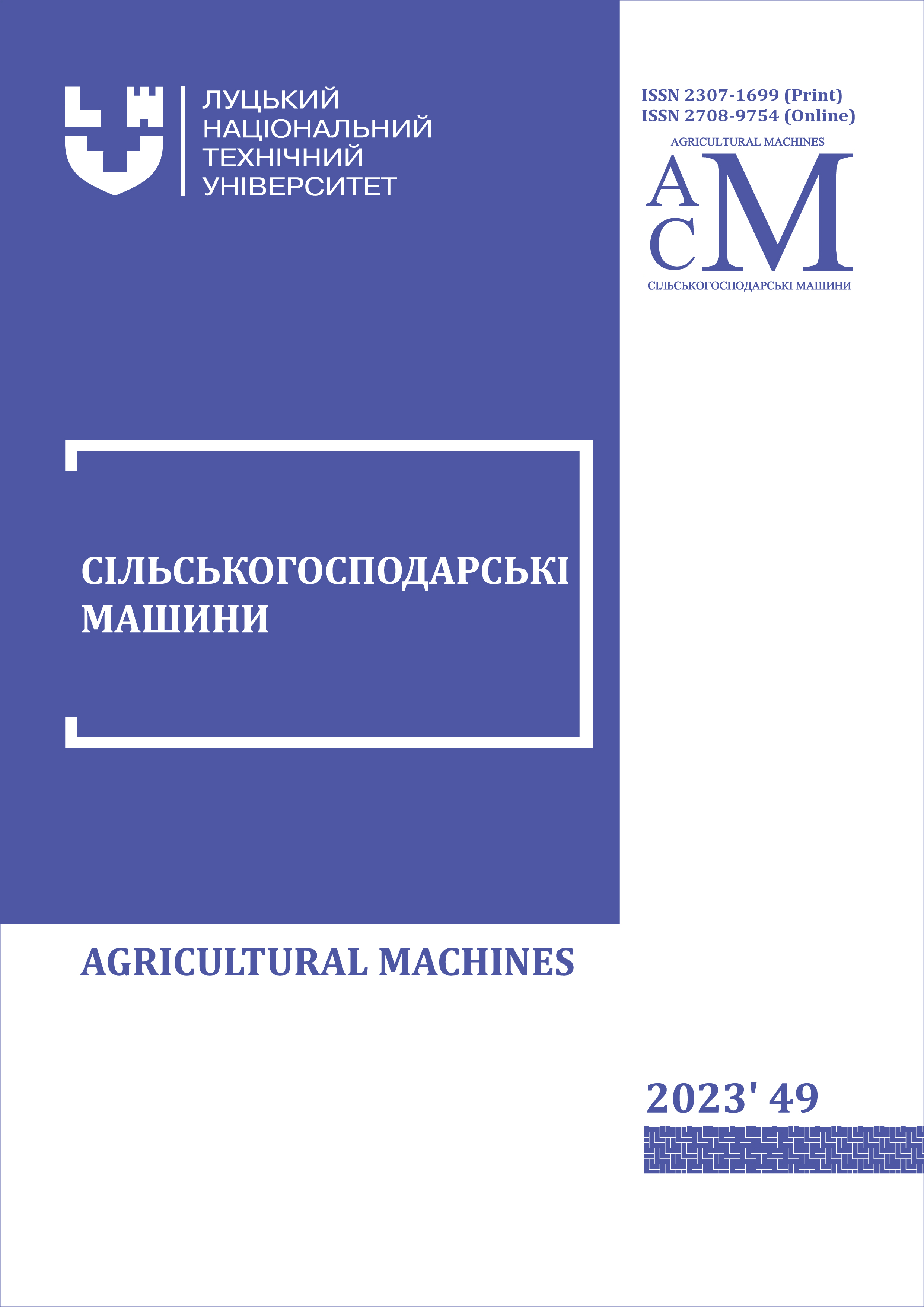APPLICATION OF ALLOYING MATERIALS AND ABSORBING COATINGS IN LASER STRENGTHENING OF ROAD TRANSPORT DETAILS
Abstract
The method of surface laser treatment can be used to strengthen the parts of motor vehicles used in the agro-industrial complex. In this method, the strength and wear resistance of metal car parts also depend on the use of various absorbing coatings and alloying elements. Absorbing coatings allow the processed steel sample to receive a much larger part of the energy of laser radiation, while significantly reducing the reflection of the beam from the surface of the part being strengthened. As a result of the study of the effect of absorbing coatings on the depth of laser treatment of steel 45, it was determined that the best results were obtained in the case of using coatings containing carbon black in the form of aerosols, as well as aluminum and zinc oxides, which provides a significant increase in the depth of the laser exposure zone. Effective use of absorbing coatings will significantly increase laser efficiency, allowing the use of a laser of lower power and contributing to a reduction in the cost of reinforcing automotive parts. In order to achieve high wear resistance of the surface layers of parts, it is advisable to apply surface alloying with the use of special absorbing coatings during their processing with a laser beam. Thanks to laser microalloying of surface layers with chemical elements and compounds, the strengthening efficiency of various iron-carbon alloys is achieved. Carbide, oxide, boride phases of components of absorbent coatings have the highest wear resistance. The study of laser hardening of 40X steel allows us to draw conclusions that in order to obtain wear-resistant layers on the surface of the corresponding parts, it is necessary to apply an absorbent coating and apply surface alloying. At the same time, layers doped with boride, carbide, nitride, and oxide phases have the highest wear resistance. For specific steel parts, the choice of laser hardening mode depends on many factors. Continuous lasers are the most promising.
References
Dobras, D., & Rutkowska-Gorczyca, M. (2019). The use of color etching to study the microstructure of laser welded steel used in the automotive industry. Materials Testing, 61(11), 1087-1094. https://doi.org/10.3139/120.111424
Григорьянц, А. Г., Шиганов, И. Н., & Мисюров, А. И. (2008). Технологические процессы лазерной обработки (Technological processes of laser handling). Москва: Издательство МГТУ им. Н.Э. Бау¬мана.
Казаков, С. С., Федосеев, А. В., & Матвеев, Ю. И. (2021). Упрочнение среднеуглеродистых сталей за счет микролегирования поверхностей (Strengthening of medium-carbon steels due to micro-alloying of surface). Вестник НГИЭИ, 4(119), 51-61. https://doi.org/10.24412/2227-9407-2021-4-51-61
Ковальчук, Ю. О., Пушка, О. С., & Войтік, А. В. (2017). Вплив поглинаючих покриттів на глибину лазерної обробки деталей сільськогосподарської техніки зі сталі 45 (Effect of absorbing coatings on the depth of laser processing of agricultural machinery parts from steel 45). Збірник наукових праць Кіровоградського національного технічного університету «Техніка в сільськогосподарському виробництві, галузеве машинобудування, автоматизація», 30, 16-21.











